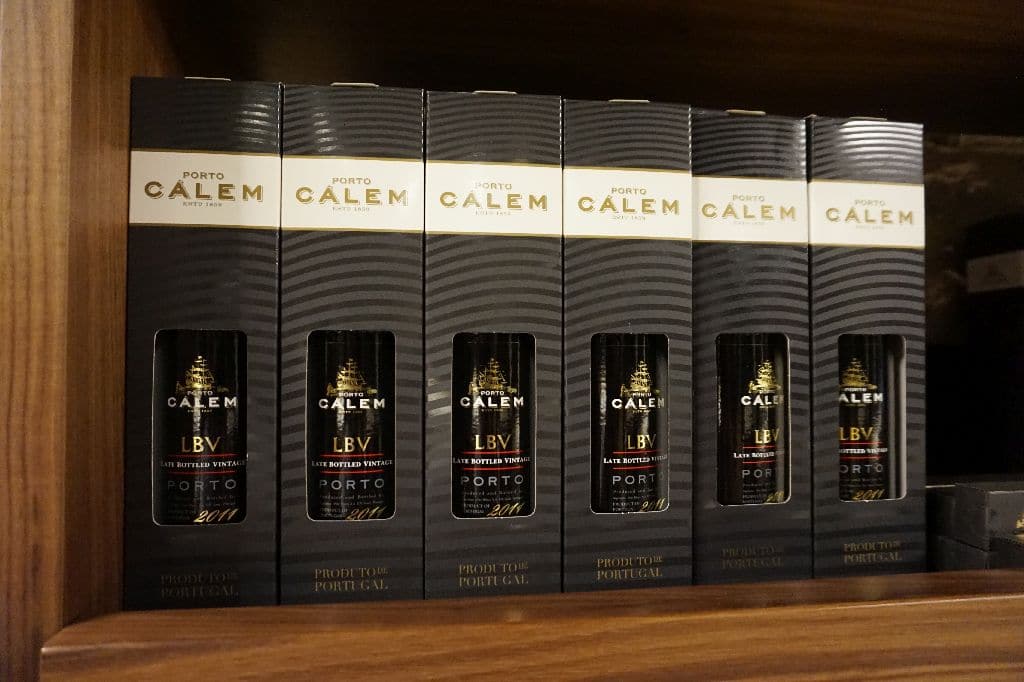It is one of the most popular types of Port wine, especially in Great Britain and Canada. Almost a fifth of all Port wine bought in these countries is LBV.
Port wine Late Bottled Vintage (LBV), is a modern, very full-bodied fortified wine of blue grapes.
The basic difference between classic Vintage Port a LBV Port lies in the method of maturation.

While Classic Vintage Port matures in a barrel at least 20 months and then travels to bottles, where it further improves, Late Bottled Vintage Port wine, as the name suggests, is bottled later and remains in the wood for between 4 and 6 years (valid from 2005).
After this relatively long maturation period, the LBV is ready for bottling and immediate consumption, as most LBV manufacturers still filter before bottling. Which is an advantage over the classic Vintage, in which sediment is formed over the years and decantation is necessary.
To this we must also add the fact that Classic Vintage is declared only in the really best years, but LBV does not have to follow this rule.
The main year on the label is the year of bottling, it can be supplemented by the year of harvest.
Late Bottled Vintage Port was first introduced in 1970 (at the 1965 harvest) by the current CEO of Taylor’s winery, Mr. Alistair Robertson, as a more affordable variant of Vintage for everyday occasions. Currently, LBV is manufactured by around 60 manufacturers.
LBV Port stands out with its dark ruby color. It is an elegant and stylish Port wine characterized by a fresh, intense aroma of black currants and cherries with subtle tones of licorice and spices.
On the palate, the rich taste of plums and currants is concentrated, supported by strong tannins. It is usually balanced and delicate.
The possibility of bottling between the fourth and sixth year gives producers a free hand in what the final product will look like.
It is logical that LBV bottled in the 4th year will continue from bottled LBV in 6th year.
I present for interest some of the best rated LBV port wines from three different vintages and their properties.
Three years, three LBV styles
2003
Strong and rich Port wines from absolutely ripe berries. Expect raisin flavors, robust texture and sweet tannins.
2004
A delicate and fragrant vintage that still has a fruity character. Clearly fresh and changes mineral. Obvious unambiguous tannin at the end.
2005
Relatively young and fruity. Prepare for a smooth, rich wine that is well matured. He is the first to respect the new rule of 2-year aging in the bottle before handing it over for sale.